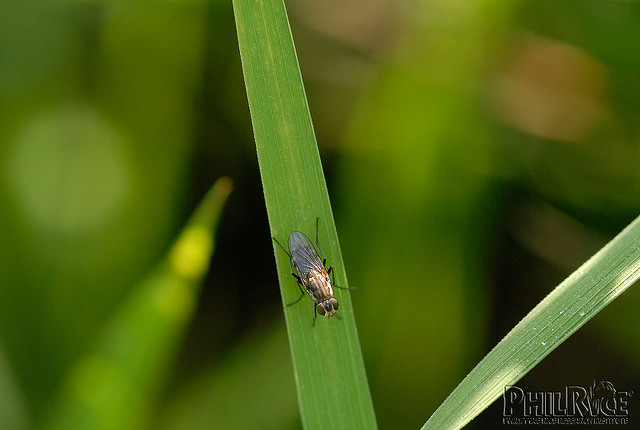 A research study found bio-pesticides or organic pesticides effective in managing rice pests and diseases.
A research study found bio-pesticides or organic pesticides effective in managing rice pests and diseases.
Often, bio-pesticides are used in vegetables. But the study titled Bio-pesticides: Pest management in rice conducted by PhilRice Isabela, and DA-Northern Cagayan Experiment Station (NCES) proved that they can also be effective in managing rice pests.
Bio-pesticides are compounds derived from plants, animals, and microorganisms that contain natural deterrents and anti-microbial properties that help ensure good plant growth. They also inhibit the growth, feeding, and development or reproduction of a pest or pathogen.
“Infestation in rice causes 20-50% loss due to pests and 10-30% due to diseases,” said Gracia B. Amar, study team lead and senior science research specialist from PhilRice Isabela.
Amar’s team used PSB Rc72H (Mestiso 1) as the test variety in an irrigated lowland area of 3,000 meter squared.
They chose the following bio-pesticides in conducting the study: effective microorganism (EM), lactobacilli (lactic) acid, fermented fruit juice (FPJ), biodegradable soap plus water, and metarizhium.
Bio-pesticides and targeted pests and diseases based on the results of the study.
| Bio-pesticides | Target pests and diseases |
| Effective microorganism (EM) | Bacterial leaf blight (BLB), and bacterial leaf streak (BLS) |
| Lactobacilli (lactic) acid | Bacterial diseases, and flies/maggots |
| Fermented fruit juice (FFJ) | Green leaf hopper (GLF), caterpillar, and fungal diseases |
| Biodegradable soap plus water | Whorl maggot |
| Metarizhium | Leaf folder, whorl maggot, white-backed planthopper (WBPH), brown planthopper (BPH), and GLH |
Advantages and disadvantages
According to Amar, bio-pesticides only affect target pests, and contain less toxic compounds compared to chemical pesticides.
“They are also sustainable and environment-friendly because they decompose quickly,” Amar added.
However, making bio-pesticides is laborious. Using them also needs repeated application as it takes time before they show effects on insect pests and diseases.
Findings
Amar said that among the treatments, EM consistently reduced the number of diseased leaves while the biodegradable soap reduced lesion length.
The highest reduction on diseased leaves were also observed on plots sprayed with EM and FFJ. The other treatment found effective was lactic acid which caused considerable reduction in lesion length and number of diseased leaves.
“This technology will help our farmers who work in irrigated lowland condition to increase yield and manage rice pests,” Amar concluded.




